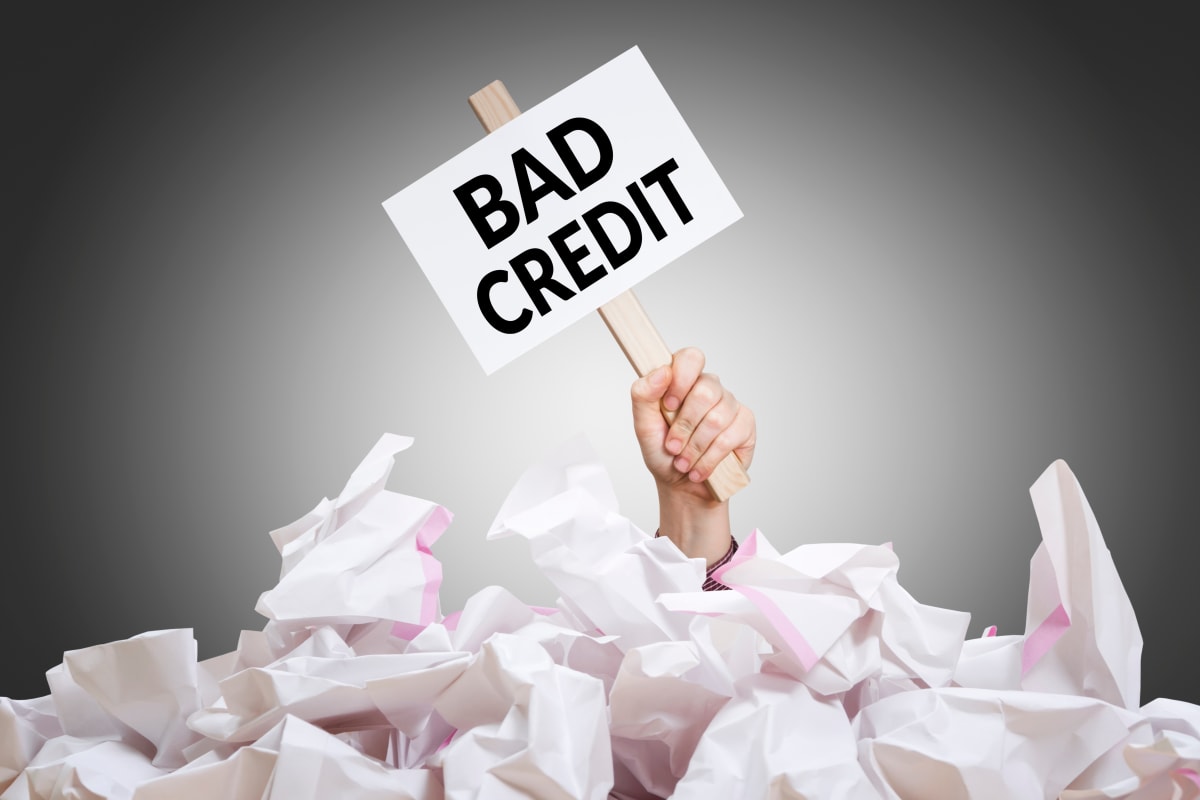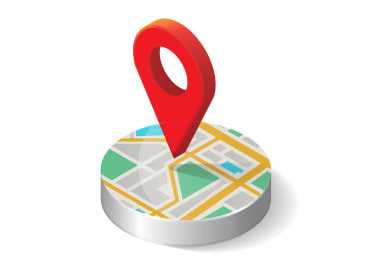It’s not easy to find money to start a business if your personal credit is bad, but it can be done. Here are some alternative ways you may be able to get the money you need to get your business off the ground.
Times are tough — especially for those budding entrepreneurs looking to get their business off the ground. While the state of the economy should never be a deterrent in starting a small business (people and businesses still need to consume goods and services regardless of whether the economy is up or down), down economies do have some effect on business owners’ ability to find and obtain capital for their ventures.
But, all is not lost if your personal credit is a bit lacking.
Figuring out how to get money to start a business isn’t easy. While some people can start a business with no money, most business owners usually have some types of capital to put into their business — be it from personal savings, retirement accounts, or loans from friends and family. But they usually don’t have all the funds necessary to launch their business, and they tend to struggle with allocating the money they do have to the numerous startup expenses they’ll encounter.
Plus, bad credit (or even no credit) will make it very difficult for business owners to get unsecured working capital for items like marketing, payroll, or even office supplies.
I’ve always believed that whatever liquid capital (cash on hand) a business owner has walking into a new venture should be used for the overall development and growth of the business — it’s essentially like putting in your own venture capital. However, this method of allocation usually leaves little or no additional money for other items businesses need for their operations, including tools and machinery to provide their goods or services, inventory, rent, or even office equipment, such as computers, copiers, or even vehicles — items used in the day-to-day life of all businesses.
Fortunately, other ways exist for business owners to get these items, even if the entrepreneur has bad credit.
Social Lending Sites
For unsecured working capital, business owners can use the numerous social lending sites that have proliferated on the Internet over the last decade or so. Social lending is essentially where members borrow and lend to each other. Gaining access to capital for these sources tends to be easier because you get to tell your story directly to funders.
Further, rates for these types of loans are usually lower than traditional bank lending. While considered personal loans, the funds received here can be used for any purpose, including starting and running your business.
Micro-credit Organizations
There are also micro-credit organizations whose whole purpose is to help new and growing businesses get capital after they’ve been turned down by traditional lenders like banks.
These organizations are typically nonprofit groups, backed by the Small Business Administration (SBA), and understand the trials that business owners face when trying to get their business venture off the ground. Plus, they offer a plethora of guidance to help you with your long-term success.
Equipment Lenders
Many new small businesses need all types of equipment for their business — from standard office equipment like computers and copy machines to tools and machinery that allow them to make or provide their products and services. There are equipment lenders that only provide these types of loans. They work with new startups and are extremely flexible in developing programs that can meet these businesses’ specific needs. And, while these loans and leases are secured by collateral (the equipment), there’s less emphasis put on personal credit histories.
Purchase Order Financing
A startup business is considered a company that’s been in operation for less than one year. During this time, many businesses generate financial assets — but still find themselves lacking working capital as they grow. However, these assets can be used to secure financing, either to speed up the flow of payments, to complete current jobs or orders, or to get the funding needed for payroll or additional marketing.
These capital resources include factoring a business’s receivables (why wait 30, 60, or 90 days to get paid by your customers when you have bills that need to be paid now?) or purchase order financing, where your business can receive cash to complete jobs that are already in the works or funds to bid on jobs that would have otherwise eluded your business due to lack of working capital.
And lastly, there are business cash advances for businesses that accept credit card payments from their customers, allowing them to leverage future sales for growth capital today. The real bonus about these types of financing options is that they aren’t focused on the business owner’s personal credit history, but more on the strength of the asset.
Grants
Given our government’s propensity to help people get back to work (most new jobs are created by small businesses), there’s been an influx of new government and private grants to help people in need — including business owners.
Bankruptcy and Credit Counseling
Lastly, should a business owner still face difficulties due to credit issues, then the only step remaining is to eliminate those issues. While bankruptcy and credit counseling will continue to harm your credit after you complete these programs, there are other ways, like debt consolidation, that can reduce your unsecured debt (including credit card debt) into one, low, affordable payment. This allows the business owner to free up current cash flow as well as improve their credit scores.
While most lenders tend to weed out potential borrowers through credit profiling — leaving many new business owners in limbo — the resources listed above are designed to fill the lending gap and help all business owners, regardless of past credit mistakes.
Disclaimer: The content on this page is for informational purposes only, and does not constitute legal, tax, or accounting advice. If you have specific questions about any of these topics, seek the counsel of a licensed professional.








